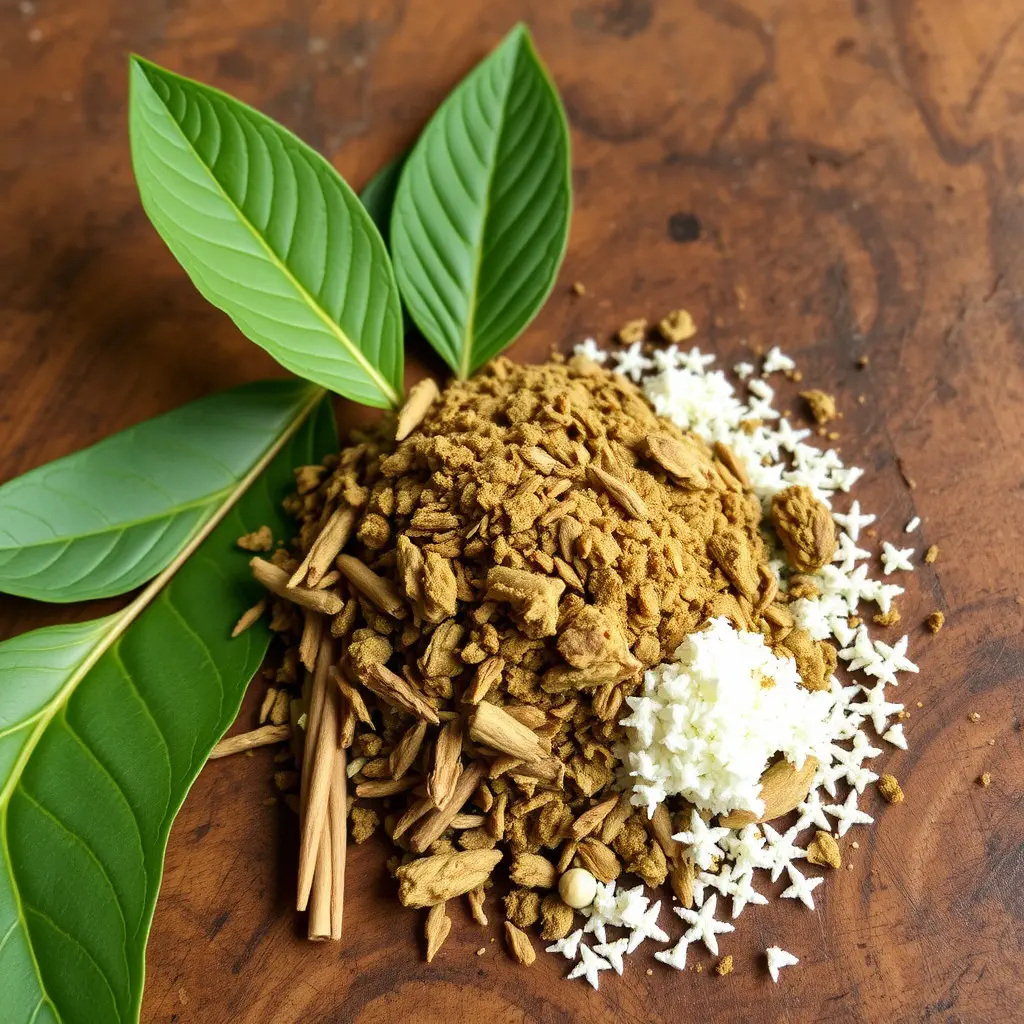The Indiana kratom law establishes comprehensive regulations for the sale and use of kratom products within the state, ensuring they are pure, labeled correctly, and adhering to safety standards. This legislation addresses public health concerns by setting age restrictions for minors, mandating clear labeling, and imposing penalties for non-compliance to deter underage use. It also provides a mechanism for reporting adverse effects, facilitating swift health authority intervention. The law aims to balance consumer access with safety, offering a framework for safe kratom use as an alternative to traditional opioids for pain relief without inducing euphoria, particularly in injury prevention and management. It encourages users to stay informed about legal dosage guidelines and to purchase from reliable sources to avoid overdose and ensure product purity. Users are advised to be aware of their individual health conditions before consumption and to consult healthcare professionals if necessary. Adhering to these guidelines not only follows the spirit of the Indiana kratom law but also promotes consumer safety and wellness, positioning kratom as a harm-reduction tool within high-risk activities like sports and manual labor.
explore the multifaceted relationship between kratom use and injury prevention, highlighting the protective potential of this botanical substance. Delving into the Indiana Kratom Law’s impact on user safety and regulatory standards, the article provides a comprehensive overview of how kratom can be integrated into injury management and preventative strategies. With a focus on safe practices and understanding the nuances of legal frameworks, readers will gain insights into optimizing kratom use for health and well-being.
- Understanding Kratom's Role in Injury Prevention and Management: An Overview
- Indiana Kratom Law: Regulatory Considerations and User Protections
- Strategies for Safe Kratom Use: Preventative Measures and Best Practices
Understanding Kratom's Role in Injury Prevention and Management: An Overview

Kratom, a plant originating from Southeast Asia, has garnered attention for its potential role in injury prevention and management, particularly within the context of recent legislation such as the Indiana kratom law. As an alkaloid-rich substance, kratom interacts with the body’s opioid receptors, offering pain relief properties without the high associated with traditional opioids. This unique characteristic can be particularly beneficial for individuals at risk of injury or those recovering from an injury, as it may provide effective pain management while reducing the likelihood of dependency.
The Indiana kratom law represents a significant regulatory step in addressing the safe use of kratom and its implications for injury prevention and management. The legislation aims to ensure that kratom products are pure, labeled accurately, and sold responsibly, thereby minimizing potential health risks associated with adulterated or mislabeled products. Understanding the nuances of this law is crucial for both consumers and vendors, as it sets clear guidelines on the production, distribution, and consumption of kratom. By promoting transparency and safety in the kratom market, the Indiana kratom law supports a framework where individuals can utilize kratom responsibly as part of a broader injury prevention and management strategy. This oversight is instrumental in guiding users towards safe practices and encouraging the use of kratom as a harm-reduction tool for those engaged in activities prone to injury, such as sports or manual labor.
Indiana Kratom Law: Regulatory Considerations and User Protections

The Indiana Kratom Law plays a pivotal role in shaping how consumers interact with kratom within the state’s boundaries. Enacted to safeguard public health while allowing for the continued sale and use of kratom, this legislation sets forth regulatory standards that manufacturers, vendors, and users must adhere to. It mandates strict quality control measures, ensuring that kratom products are safe for consumption and free from contaminants that could lead to injury or harm. Moreover, the law establishes protocols for labeling and packaging to provide users with clear information about the product’s contents, origin, and proper usage instructions. These measures are integral in preventing adverse effects associated with kratom use, such as dependency or overdose.
User protections are a cornerstone of the Indiana Kratom Law. It prohibits the sale of kratom to minors and outlines penalties for non-compliance, reinforcing the responsibility of vendors to prevent underage access. Additionally, the law provides a framework for reporting adverse effects related to kratom use, enabling health authorities to monitor and respond to potential risks promptly. This proactive approach ensures that users have access to a product that has been vetted for safety while maintaining transparency and accountability within the market. The regulatory considerations and user protections embedded in the Indiana Kratom Law reflect a balanced and forward-thinking stance on managing kratom’s presence in the state, aiming to protect public health without unnecessarily restricting consumer choice.
Strategies for Safe Kratom Use: Preventative Measures and Best Practices

When considering strategies for safe kratom use, it’s crucial to stay informed about regulations and guidelines such as the Indiana kratom law. The Indiana kratom law provides a framework that outlines acceptable uses and restrictions of kratom within the state, ensuring consumers adhere to safety standards. Individuals interested in incorporating kratom into their wellness routine should first familiarize themselves with local legislation to avoid legal repercussions and ensure product quality. Safe kratom use begins with understanding the correct dosage, as overconsumption can lead to adverse effects. It is advisable to start with a low dose and gradually titrate upwards based on personal tolerance and the desired effect, always within the bounds set by legal limitations.
Moreover, purchasing kratom from reputable sources is a best practice that aligns with the intent of the Indiana kratom law. Reputable vendors often test their products for contaminants and accurately label them, which helps prevent accidental overdose or exposure to harmful substances. Consumers should also be mindful of their health status, avoiding use if they have pre-existing conditions that could interact with kratom, and consulting healthcare professionals beforehand. Regular monitoring of one’s health in response to kratom use is essential for early detection of any negative effects, facilitating timely intervention and management should the need arise. Adhering to these best practices not only aligns with the spirit of the Indiana kratom law but also contributes to overall consumer safety and well-being.
In concluding our discussion on injury prevention and management with kratom, it’s clear that this botanical substance holds potential benefits, which, when understood within the context of Indiana’s regulatory framework, can be harnessed responsibly. The Indiana Kratom Law establishes important guidelines ensuring user protections while clarifying safe usage parameters. Adhering to these regulations, combined with a set of preventative measures and best practices for kratom use, underscores the importance of informed decision-making in this realm. As such, individuals interested in exploring kratom for injury prevention and management should prioritize education, cautious application, and compliance with local laws for optimal safety and efficacy outcomes.






